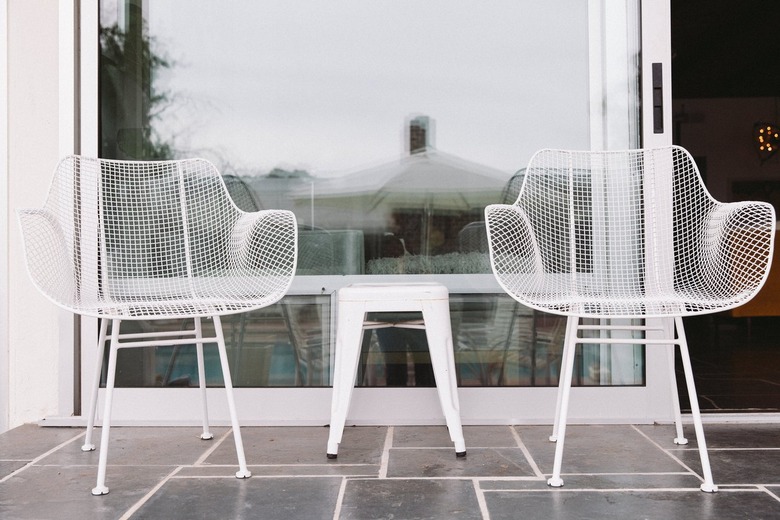How To Clean Plastic With Acetone
If your living environment is home to toy soldiers, plastic bathtub boats, or Barbie dolls, you know just how dirty plastic surfaces can get over time. Even plastic items more commonly used by adults, like your keyboard, your mouse, or all the plastic baskets and bins you use to stay organized, can quickly become dingy without regular care and cleaning.
While you might be tempted to toss your dirty plastic items, you can restore them to pristine condition using a surprising cleaning agent: acetone. Acetone, commonly found in nail polish remover, is a strong chemical solvent that will easily remove contaminants from plastic surfaces. While acetone can help with all sorts of stains, it is particularly helpful when you're trying to remove paint or adhesive stains from plastic.
Things Needed
How to Clean Plastic With Acetone
1. Wash Your Plastics With Dish Soap and Water
Before you break out the acetone, it's important to remove any dirt and grime that's simple to scrub away. There are two ways to wash your plastic items. If your items are not electronic, simply fill a clean sink with warm water and dish soap, drop your items in for a soak, and then scrub them quickly with a sponge before setting them to the side to dry.
If your items should not be submerged, like your keyboard or phone case, simply dip a soft cleaning cloth in soapy water, wring it out so that it's not dripping wet, and gently rub the cloth over the entire surface of the item until any loose dirt or grime has been removed.
Warning
Never submerge your plastic items in acetone, as prolonged exposure can degrade the plastic and lead to damage, warping, or even dissolution. To ensure your plastic items won't be damaged, choose a small, hidden area on your item, apply acetone using a Q-tip, and wait several minutes before checking to be sure no damage has occurred.
2. Use Q-Tips to Clean With Acetone
After removing the loose dirt from your plastic item, you should be able to clearly see the staining that requires more work. Dip a Q-tip in acetone and use it only in the areas that need it. Work the Q-tip back and forth across the stained or sticky area until you can see it has been restored to its cleaner state.
3. Use a Toothbrush on Particularly Tough Spots
If your plastic still isn't clean, the plastic bristles of a toothbrush might be just what you need. Dip the toothbrush in acetone and scrub in the same pattern as you did with the Q-tip. You may need to increase the pressure for particularly tough or sticky stains.
4. Give It a Final Rinse
Before you put Barbie back on the shelf or plug your keyboard back in, you'll want to rinse your plastic to avoid leaving any acetone on its surface. If you can submerge your items, give them a rinse under warm water in the sink. If you cannot submerge your items, dip a soft cleaning cloth in warm water, wring it out, and use it to gently wipe down the areas you scrubbed with acetone.
